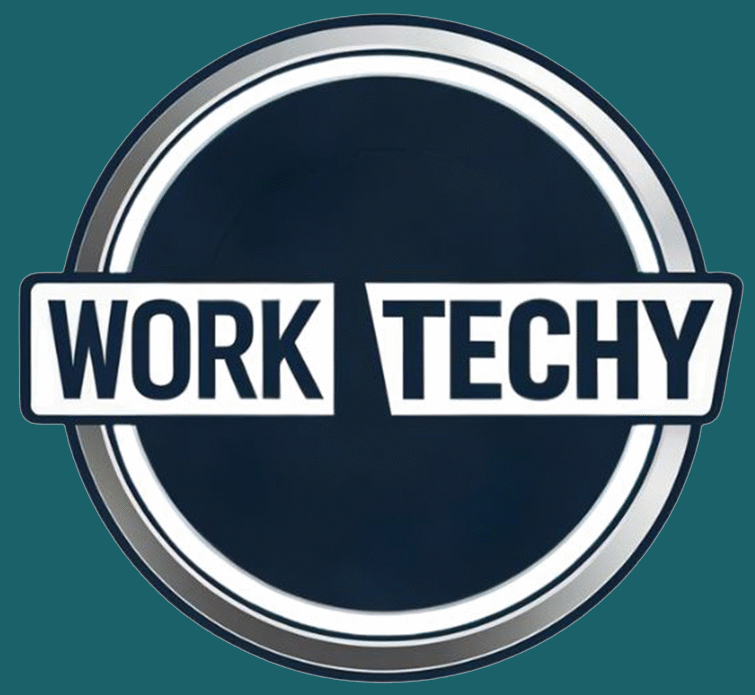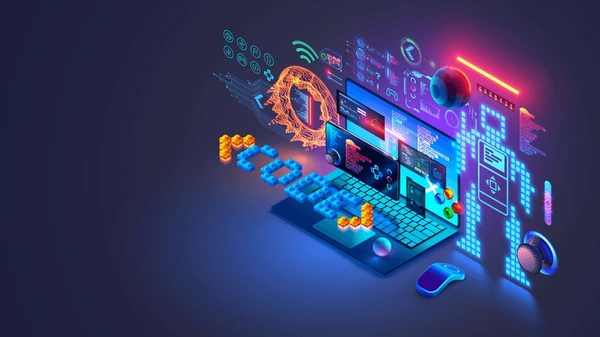Table of Contents
ToggleIntroduction
In today’s technology-driven world, programming and development have become the backbone of almost every industry. From mobile applications and websites to artificial intelligence systems and cloud platforms, programming powers innovation and drives digital transformation. Software development is no longer confined to computer labs or large corporations; it has entered classrooms, small businesses, startups, and even everyday life. Understanding programming and development is essential not only for professional programmers but also for students, entrepreneurs, and individuals navigating a digital society.
This article explores the evolution of programming, the significance of development in modern industries, the processes and methodologies involved, popular programming languages, career opportunities, challenges faced by developers, and the future of software development.
The Evolution of Programming
Programming has undergone a remarkable transformation since the early days of computing.
First Generation (Machine Language): In the 1940s and 1950s, programming involved writing instructions directly in binary (0s and 1s). This was highly complex, error-prone, and difficult to manage.
Second Generation (Assembly Language): Assembly introduced mnemonic codes and symbols, making programs slightly easier to write and read. Still, it required an in-depth understanding of hardware.
Third Generation (High-Level Languages): The introduction of languages like FORTRAN, COBOL, and later C revolutionized programming. These languages allowed developers to write more human-readable code, which was then translated into machine code.
Fourth Generation (Domain-Specific Languages): SQL for databases and MATLAB for mathematics are examples of languages created for specific tasks.
Modern Era: Today’s programming languages like Python, JavaScript, and Java focus on simplicity, reusability, and community-driven libraries. Frameworks and tools have accelerated development, making it easier to build powerful applications in less time.
The Importance of Programming in the Digital Era
Programming is not just about writing code—it shapes innovation and drives progress across industries.
Business and Commerce: E-commerce platforms like Amazon and Flipkart rely heavily on programming for operations, recommendation systems, and secure payment gateways.
Education: Learning management systems, online courses, and virtual classrooms are all built on programming.
Entertainment: Streaming services, gaming, and music platforms depend on high-performance software.
Without programming, the world would not have the smartphones, apps, cloud computing, or smart devices that define modern life.
Software Development Lifecycle (SDLC)
Software development is not random coding; it follows a systematic process called the Software Development Lifecycle (SDLC).
Requirement Analysis: Gathering and understanding user needs.
System Design: Creating architectural blueprints for software.
Implementation (Coding): Writing code in programming languages.
Testing: Ensuring functionality, security, and performance.
Deployment: Releasing the software to end-users.
Maintenance: Fixing bugs, updating features, and improving performance.
This lifecycle ensures that software is reliable, secure, and aligned with business goals.
Popular Software Development Methodologies
Development methodologies define how teams work together to build software.
Waterfall Model: A linear, step-by-step approach. Suitable for small projects but less flexible.
Agile Development: Focuses on collaboration, iterative development, and quick adaptability.
Scrum: A popular Agile framework involving sprints, daily standups, and team roles.
DevOps: Integrates development and operations for faster, continuous delivery.
Lean Development: Emphasizes efficiency by eliminating unnecessary processes.
Agile and DevOps are currently dominant in the industry due to their adaptability to fast-changing requirements.
Programming Languages and Their Applications
Choosing the right language is essential for effective development.
Python: Versatile, beginner-friendly, widely used in AI, data science, and web development.
Java: Known for its robustness, used in enterprise applications, Android apps, and backend systems.
C and C++: High-performance languages, ideal for system programming, gaming, and embedded systems.
JavaScript: Core of web development, powering dynamic websites and applications.
PHP: Widely used for server-side scripting and web applications.
Ruby: Known for web frameworks like Ruby on Rails.
Go (Golang): Developed by Google, great for scalable applications.
Rust: Focuses on safety and performance, gaining popularity in system-level programming.
Web Development
Web development is one of the most in-demand areas of programming.
Frontend Development: Focuses on user interface and experience using HTML, CSS, and JavaScript frameworks like React, Angular, and Vue.js.
Backend Development: Handles server-side logic with languages like Python (Django, Flask), PHP (Laravel), and Java (Spring).
Full-Stack Development: Involves both frontend and backend, making developers highly versatile.
Web Security: Protecting applications against cyber threats using secure coding practices.
Modern web development emphasizes responsive design, performance optimization, and accessibility.
Mobile App Development
With billions of smartphone users, mobile app development is a thriving domain.
Android Development: Primarily uses Java and Kotlin.
iOS Development: Built with Swift and Objective-C.
Cross-Platform Development: Tools like Flutter and React Native allow apps to run on both Android and iOS with a single codebase.
Mobile apps are crucial for businesses to reach customers and improve engagement.
Emerging Trends in Programming and Development
Technology evolves rapidly, shaping new opportunities in programming.
Artificial Intelligence and Machine Learning: AI-powered apps, recommendation engines, and chatbots rely on programming.
Blockchain Development: Powers cryptocurrencies, decentralized apps (dApps), and secure transactions.
Cloud Computing: Development shifts to cloud platforms like AWS, Azure, and Google Cloud.
Internet of Things (IoT): Programming embedded devices for smart homes, vehicles, and industries.
Cybersecurity Development: Building secure applications to prevent hacking and data breaches.
Quantum Computing: Although still in its infancy, it promises to revolutionize programming with entirely new paradigms.
Tools and Platforms for Developers
Programmers rely on powerful tools to simplify their work.
IDEs (Integrated Development Environments): VS Code, PyCharm, IntelliJ IDEA.
Version Control Systems: Git and GitHub for collaborative coding.
Project Management Tools: Jira, Trello, Asana.
CI/CD Tools: Jenkins, GitLab CI, CircleCI for continuous integration and deployment.
Testing Frameworks: JUnit, Selenium, PyTest.
These tools streamline collaboration, testing, and deployment processes.
Challenges in Programming and Development
Despite advancements, developers face several challenges:
Rapid Technological Changes: Continuous learning is necessary to stay updated.
Complex Security Threats: Cyberattacks demand stronger coding practices.
Project Deadlines: Time pressure often impacts quality.
Cross-Platform Compatibility: Ensuring software works across devices and environments.
Scalability: Designing software to handle growing users and data.
Overcoming these challenges requires strong technical skills, teamwork, and adaptability.Careers in Programming and Development
Programming offers diverse career paths:
Software Developer: Builds applications for businesses and users.
Web Developer: Specializes in websites and web apps.
Mobile App Developer: Focuses on Android and iOS applications.
Data Scientist: Uses programming to analyze and interpret data.
Game Developer: Designs interactive gaming experiences.
DevOps Engineer: Bridges development and IT operations.
Cybersecurity Analyst: Secures applications from threats.
AI/ML Engineer: Develops intelligent systems and models.
These careers are among the most in-demand and high-paying jobs worldwide.
The Future of Programming and Development
The future of development is shaped by innovation and automation.
AI-Assisted Development: Tools like GitHub Copilot are revolutionizing how code is written.
Low-Code/No-Code Platforms: Empower non-programmers to build applications.
5G and Edge Computing: Will create new opportunities in IoT and real-time applications.
Sustainable Programming: Energy-efficient coding practices will become important.
Global Collaboration: Open-source communities will continue to grow, driving innovation.
The demand for skilled developers will continue to rise as technology integrates further into daily life.
Conclusion
Programming and development are not just technical skills—they are creative processes that shape the modern world. From the earliest machine languages to today’s AI-powered platforms, programming has evolved into a discipline that powers innovation across industries. Developers are the architects of digital transformation, building applications, systems, and platforms that connect people and businesses globally.
As technology continues to advance, programming will remain central to solving problems, creating opportunities, and shaping the future. Whether you are a student, professional, or enthusiast, learning programming opens doors to endless possibilities in a world where software is the foundation of progress.



